-
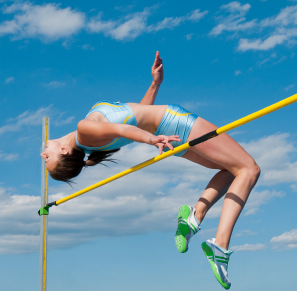
What role does rotation play in sport? What light does simple maths shed on the movements seen in sport and the stress they place on equipment and the human body? Professor John Barrow explains as part of his Maths in Sport video lecture series.
-
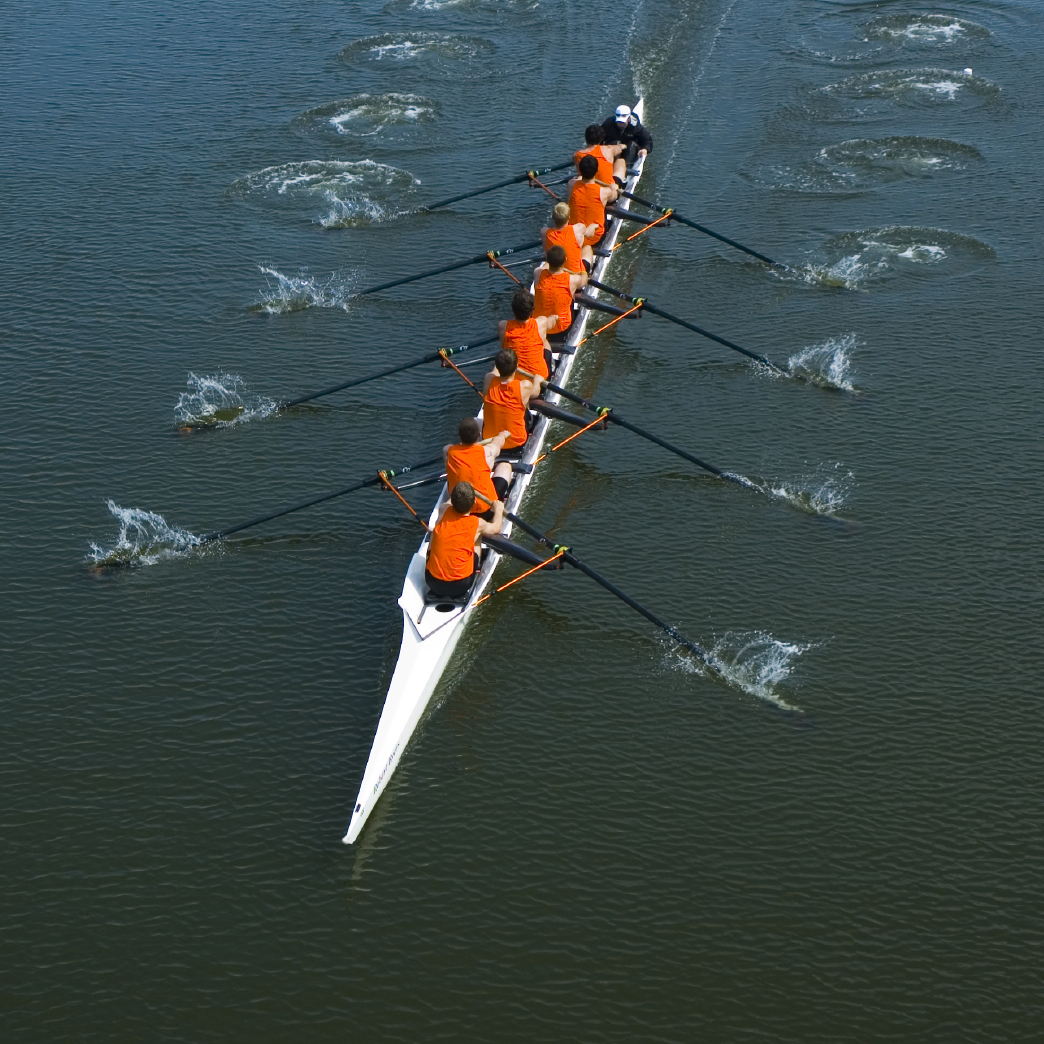
What can maths tell us about the best way to rig a rowing eight? Does a cox help or hinder a racing boat? How does the speed of a kayak or a canoe depend on the number of paddlers? And what if you fall in – can maths tell us anything about the best way to swim? This video from Professor John Barrow's Maths of Sport lecture series is aimed at a general audience.
-
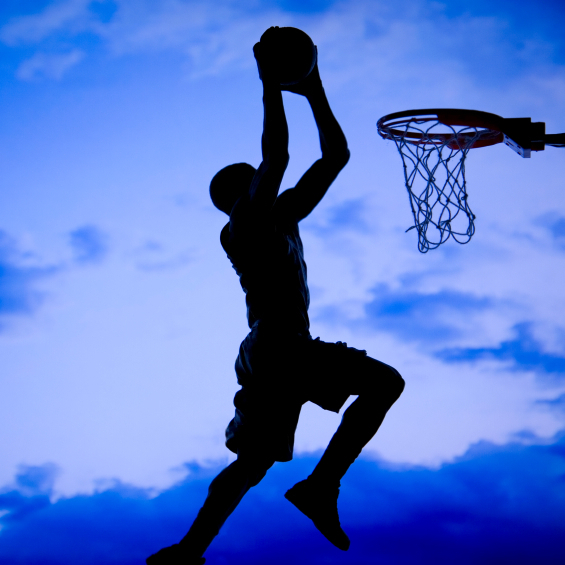
Can you match these records and measurements to the correct event at the Olympic Games? This activity invites students to engage with units of measurement and orders of magnitude, and is aimed at secondary students at Key Stage 3.
-
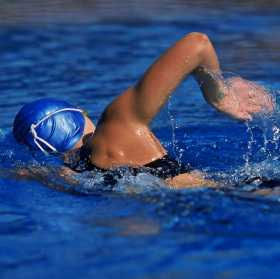
Do you think the triathlon will be won by someone who is very strong in one event and average in the other two, or someone who is strong in all three disciplines? This activity challenges students to analyse real-life data and use their knowledge of sport to explain what they notice, and is aimed at secondary maths students at Key Stage 4.
-

Much has been made of the swimming events for London 2012 because the previous 2008 Beijing Olympics saw an unprecedented number of new world records, due to the use of controversial swimsuits. So how do these suits improve performance? Marc West investigates in this article aimed at general readers and older students.
-
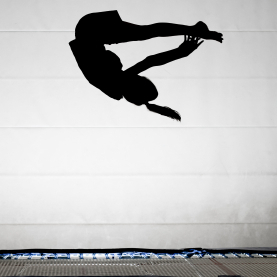
What angles can you see in these photos of Olympic sports? Can you estimate them? This challenging activity is aimed at older primary pupils at Key Stage 2.
-

The triathlon is a physically gruelling challenge. Can you work out which athlete burnt the most calories? This activity provides a real-life context for working with proportionality, speed, rates, and units of measurement and is aimed at Key Stage 3 students (age 11-14).
-
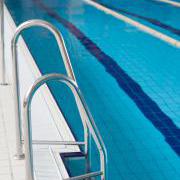
We're investigating the number of steps we would climb up or down to get out of or into the swimming pool. How could you number the steps below the water? This activity uses the familiar environment of a swimming pool to introduce negative numbers, and is designed to be accessible to primary pupils at Key Stages 1 and 2.
-
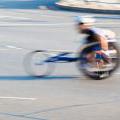
For this article Plus, our free online maths magazine, interviewed leading researchers in sports technology and engineering to learn more about their work with Olympic and Paralympic athletes in a range of sports. Improvements to equipment or clothing may save only a few hundredths of a second, but that can mean the difference between a silver or gold medal.
-
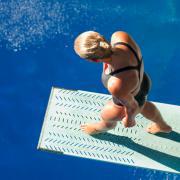
These project ideas explore moment of inertia and its consequences in a number of different sports including diving, gymnastics and cycling, and encourage investigation, experiment and discussion. This activity is aimed at higher level GCSE and A Level students (Key Stages 4 and 5).

